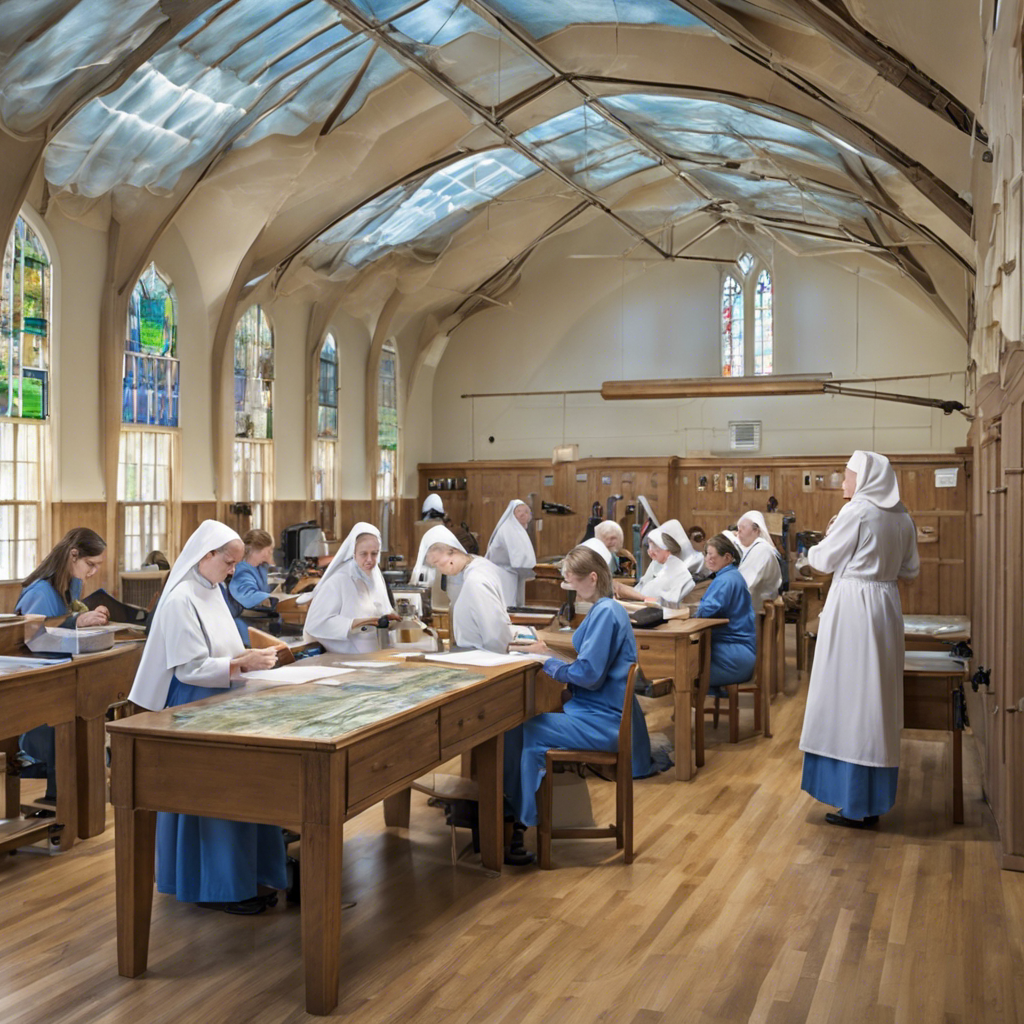Former Nuns’ Retreat in Cape May Point Transformed into Science Center Studying Migration Patterns

A historic building in Cape May Point, New Jersey, once home to a retreat for nuns, has been repurposed into the Cape May Point Science Center, focusing on the study of migratory patterns of butterflies, birds, crabs, and marine life.
In a remarkable transformation, the former St. Mary by-the-Sea Retreat House in Cape May Point, New Jersey, has been repurposed into the Cape May Point Science Center. The building, with a rich history dating back to the early 1800s, now serves as a hub for studying the migratory patterns of various species, including butterflies, birds, crabs, and marine life. This unique project, spearheaded by local resident Bob Mullock, showcases the intersection of history, conservation, and scientific research.
A Vision for Preservation:
When the COVID-19 pandemic forced the closure of the St. Mary by-the-Sea Retreat House, the Philadelphia-based Sisters of St. Joseph faced the challenge of what to do with the property. Initially considering demolition, they decided to explore alternative options for preserving the 1.5-acre site. It was during these discussions that Bob Mullock, a longtime Cape May resident, approached the sisters with an innovative proposal.
Mullock’s Vision:
Recognizing the beauty and potential of the building, Mullock proposed transforming the retreat house into an environmental center. After negotiations with the Sisters of St. Joseph, Mullock established a non-profit organization and successfully purchased the property in April 2022 for $5.5 million. Thus, the Cape May Point Science Center was born, with Mullock serving as its president.
Exploring Migration Patterns:
Situated at the bottom tip of Cape May, between the Delaware Bay and the Atlantic Ocean, the science center is ideally located to study migratory patterns. Known as the Atlantic flyway, this region serves as a crucial pathway for various bird species during their annual migrations. The center aims to track and understand the behavior and movements of these birds, as well as other migratory creatures like butterflies, crabs, and marine life.
A Storied History:
The Cape May Point Science Center’s building has a rich and diverse history. Originally constructed as the Shoreham Hotel in the early 1800s, the site attracted famous visitors and tourists from across the country. Presidents and their families, including President Harrison, stayed at the hotel, drawn by the belief that the location offered the healthiest air to breathe.
During the early 1900s, the hotel was converted into a senior home before being purchased by the Sisters of St. Joseph in 1909. For over a century, it served as a retreat home for nuns until the COVID-19 pandemic necessitated its closure. Interestingly, during World War II, the United States Army also utilized the building to monitor ship movements.
Conclusion:
The transformation of the former St. Mary by-the-Sea Retreat House into the Cape May Point Science Center is a testament to the power of preservation and innovation. This unique project not only preserves a historic building but also provides a vital space for studying and understanding the migratory patterns of various species. As the science center continues its research and conservation efforts, it stands as a symbol of the intersection between nature, history, and scientific exploration.










